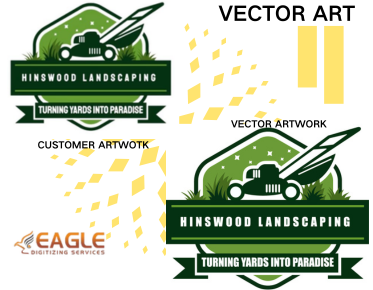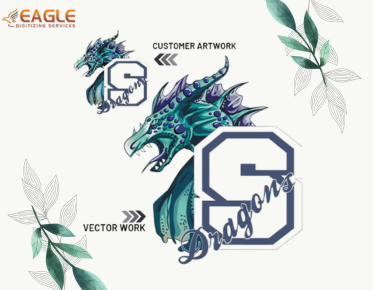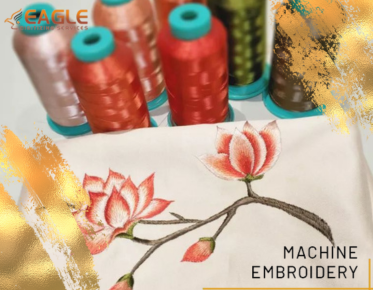Rebuilding a Client's Logo into a Clean Vector: A Step-by-Step Guide
Receiving a photo of a client's logo might seem like a simple transaction, but turning that image into a clean and scalable vector file requires skill and expertise. Today, we will explore the complete process of vectorizing a logo, ensuring it is ready for any application, from marketing materials to promotional items. This process not only enhances the graphic quality but also extends the logo's usability across different mediums.
Understanding the Importance of Vector Graphics
Before diving into the process, it's crucial to understand why vector graphics are essential. Unlike raster images, vectors are made up of paths defined by mathematical expressions. This allows vector images to be scaled infinitely without losing image quality. This characteristic is particularly valuable for logos, which need to look crisp on anything from business cards to billboards.
Step 1: Assess the Quality of the Initial Image
The first step is to examine the logo sent by the client. Is it clear and well-defined, or is it a blurry photo? High-quality images will make the vectorization process smoother, but even lower-quality pictures can be transformed using advanced vector art services online. An experienced professional can often reconstruct even problematic images into stunning vectors.
Step 2: Choose the Right Vector Software
There are numerous vector software options available, such as Adobe Illustrator or Corel Draw. These tools offer sophisticated features for creating clean, scalable vector graphics from raster images. The choice of software might depend on personal preference or specific project requirements.
Step 3: Manual Tracing vs. Automated Tools
Vectorizing can be achieved through manual tracing, which involves carefully redrawing the logo using vector paths. This method offers precision but is time-consuming. Alternatively, software tools provide automated tracing options which can expedite the process. However, they often require post-processing to perfect the output, ensuring that the result is a faithful representation of the original logo.
Advanced Techniques in Vectorization
Step 4: Refining the Vector Path
Once the initial vector is created, refinement is necessary. This includes adjusting anchor points, handles, and curves to ensure smooth lines and accurate reproduction of details. This step demands a good eye for design and a thorough understanding of vector graphics to maintain the essence of the logo.
Step 5: Color Correction and Layer Management
After refining the vector paths, it's time to manage colors. Vector programs allow colors to be adjusted with precision. Each color may be assigned to a separate layer, facilitating easy adjustments and ensuring consistent color reproduction in printing. Companies like Eagle Digitizing offer expert color separation services as part of their vector conversion offerings, aiding in perfecting color schemes and producing vibrant graphics.
The Final Touches
Step 6: Exporting and Delivering the Vector File
The final step is to export the vector file in a format the client can use. Common formats include .SVG, .AI, .PDF, and .EPS. These formats ensure that the vector logo can be used across various applications, from digital displays to print media. Clients appreciate the flexibility and scalability vectors offer, often remarking on the enhanced quality of printed materials when using professional vector graphics.
How Eagle Digitizing Can Assist
Eagle Digitizing is one of the leaders in the raster to vector conversion services, providing a suite of services aimed at converting any raster image into a professional-quality vector. They specialize in transforming low-quality images into high-resolution vectors suitable for any application. The company’s reputation for affordable and efficient digitizing services makes them a go-to for businesses seeking dependable vectorization.
Looking Towards the Future
As technology continues to advance, the importance of vector graphics is only growing. With the increasing demand for high-quality digital and print media, businesses will likely continue to invest in vectorization techniques to maintain brand consistency across all platforms. Companies, especially those involved in marketing and promotions, should consider regular updates and improvements to their logos to keep them in line with industry standards using the expertise of services like Eagle Digitizing.
The trend indicates that as artificial intelligence begins to integrate more with design software, the process of vectorization will become more automated, yet retain a need for professional oversight to ensure quality. As such, today's designers must stay updated on both the tools and techniques that define vector graphics.



